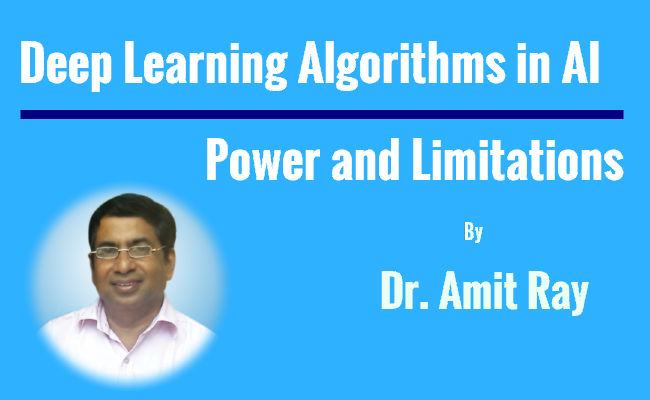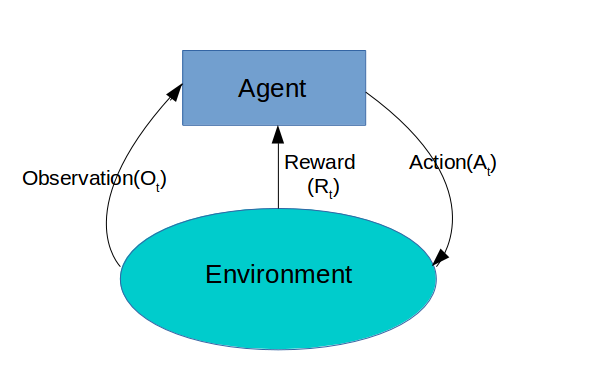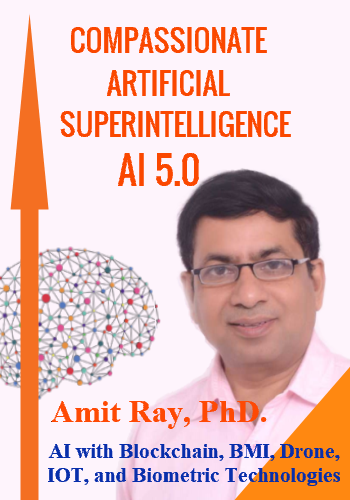7 Limitations of Deep Learning Algorithms of AI
7 Limitations of Deep Learning Algorithms of AI
Sri Amit Ray tells us about the power and limitations of Deep Learning Architectures of Artificial Intelligence (AI).
Deep learning architectures of Artificial Intelligence has provided remarkable capabilities and advances in voice recognition, face recognition, pattern recognition, image understanding, natural language processing, game planning language translation, and search engine optimization. Deep learning is the key technology behind self-driving car. However, deep learning algorithms of AI have several inbuilt limitations. This article is focused to explain the power and limitations of current deep learning algorithms. It also provides the directions and lights to overcome the limits of deep learning algorithms to achieve higher levels learning capabilities.

Types of Machine Learning:
There are three core types of machine learning: supervised learning, unsupervised learning, and reinforcement learning. In supervised learning, the algorithm uses the training data to learn a link between the input and the outputs. It predicts the output from the trained network.
Unsupervised learning does not use output data. It uses dimensionality reduction algorithms, Clustering algorithm, such as K-means etc. The most common unsupervised learning method is cluster analysis. Unsupervised learning algorithms can perform more complex processing tasks than supervised learning systems.

 Reinforcement learning algorithms attempt to find the best ways to earn the greatest reward.… Read more..
Reinforcement learning algorithms attempt to find the best ways to earn the greatest reward.… Read more..
 The book defines the concept of Compassionate Artificial Superintelligence AI 5.0. The book explains how the emerging technologies like Internet of things (IoT), Drone, Brain-Computer-Interface, Blockchain, Big data can be used with deep learning and other modern artificial intelligence (AI) architectures for the ultimate level of joint evolution of human and machine superintelligence.
The book defines the concept of Compassionate Artificial Superintelligence AI 5.0. The book explains how the emerging technologies like Internet of things (IoT), Drone, Brain-Computer-Interface, Blockchain, Big data can be used with deep learning and other modern artificial intelligence (AI) architectures for the ultimate level of joint evolution of human and machine superintelligence.